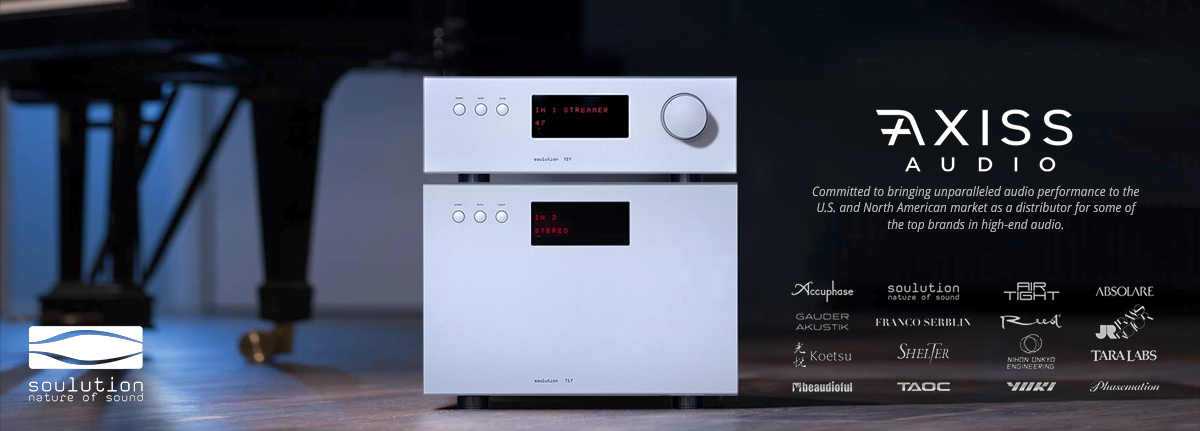Hi All,
Accuphase is a brand that I have never owned but I get good vibes from them. I owned a Luxman 509X before. My question is: damping factors for pure class A amps tend to be on the low side and there seems to be a theoretical limit on how much global feedback you can use to improve damping factor for those amps (and indirectly I am assuming that bass performance improves in tautness and quality, I might be wrong). The reason is that excessive global feedback introduces distortion, and you need to strike a balance on how much is appropriate. Can anyone shed some light on this, in relation to your listening impressions? is it too good to be true that an amp like E-800 produces 50 watts pure Class A power with 1000 damping factor? Thanks!!!
Accuphase is a brand that I have never owned but I get good vibes from them. I owned a Luxman 509X before. My question is: damping factors for pure class A amps tend to be on the low side and there seems to be a theoretical limit on how much global feedback you can use to improve damping factor for those amps (and indirectly I am assuming that bass performance improves in tautness and quality, I might be wrong). The reason is that excessive global feedback introduces distortion, and you need to strike a balance on how much is appropriate. Can anyone shed some light on this, in relation to your listening impressions? is it too good to be true that an amp like E-800 produces 50 watts pure Class A power with 1000 damping factor? Thanks!!!
















